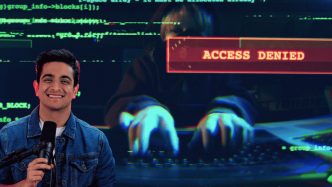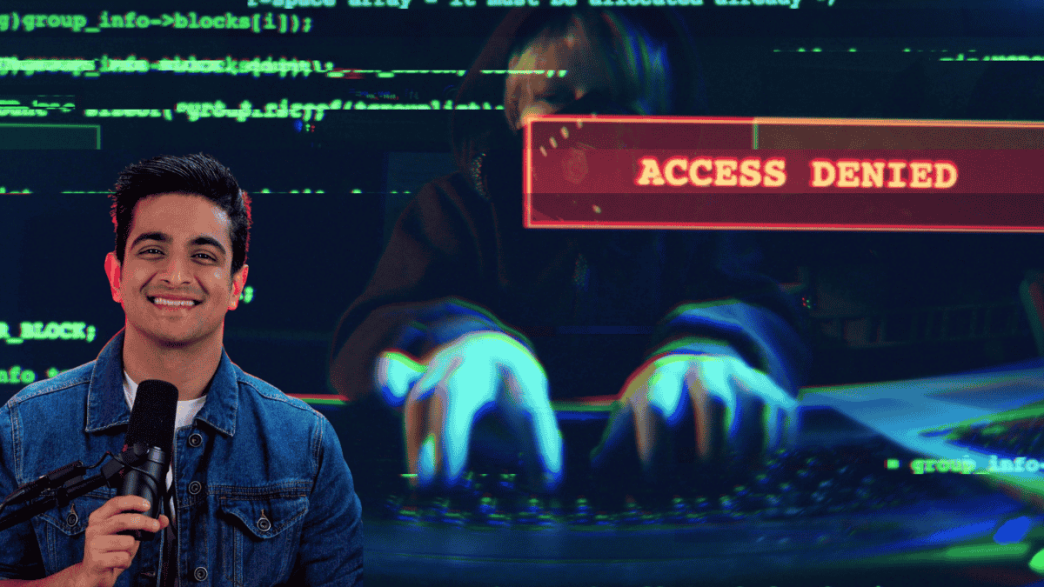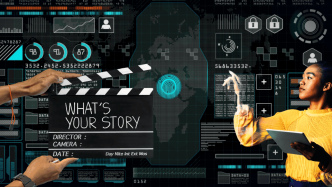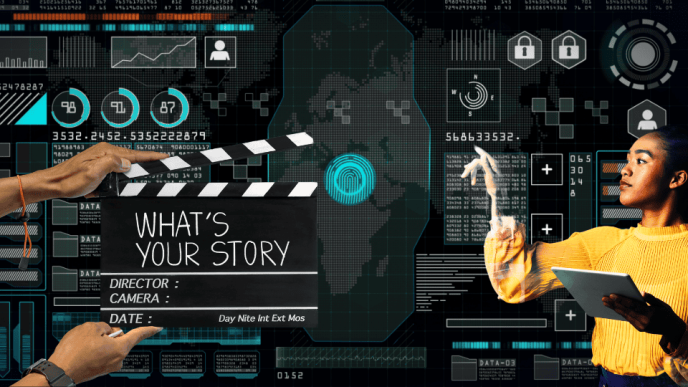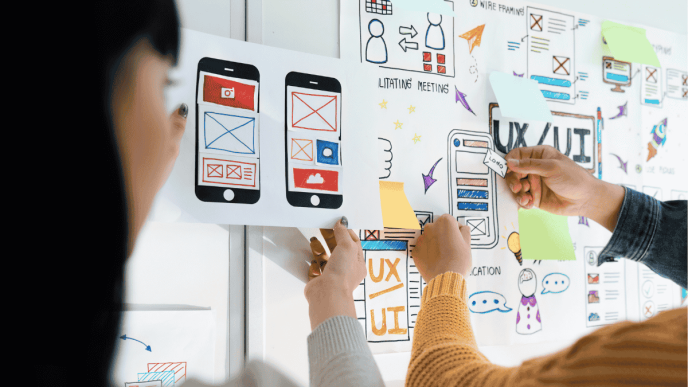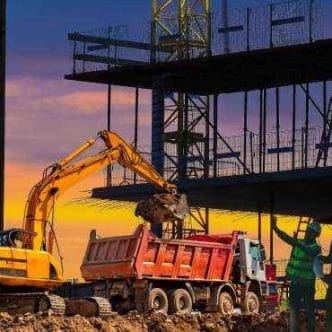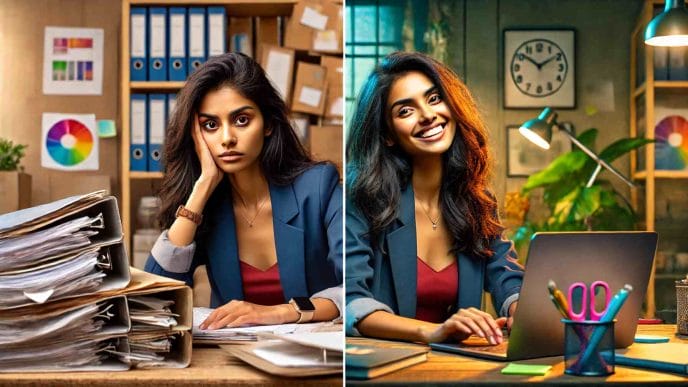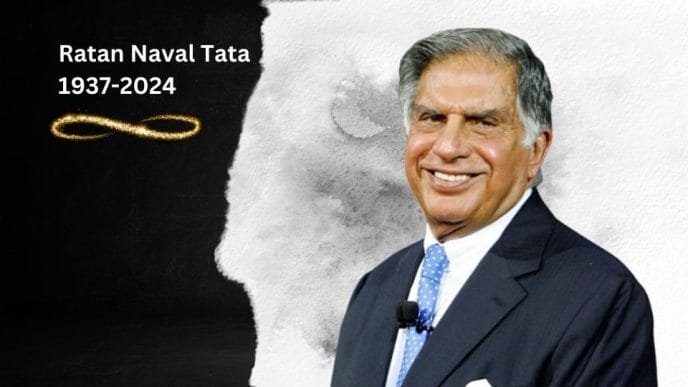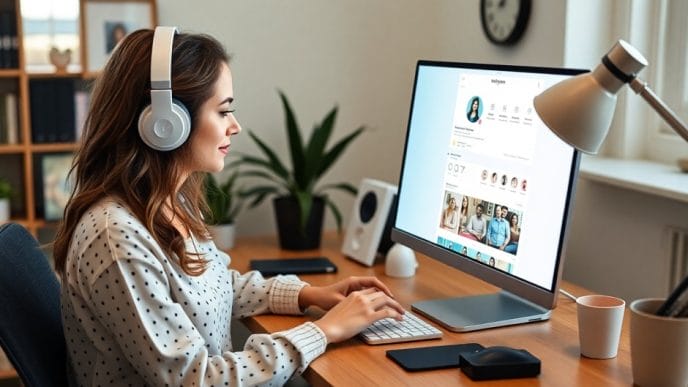On September 25, 2024, YouTuber Ranveer Allahbadia, or BeerBiceps, as most of us know him, became a victim of a cyberattack that left his two main YouTube channels compromised. Of course, Ranveer responded to the situation with humor, as is typical for him, but the incident raises serious concerns for content creators who rely on platforms like YouTube for their livelihood. Especially because this is not an isolated event.
Earlier this month, YouTube channels belonging to prominent K-pop artists Taemin, VIVIZ, and other Big Planet Made artists were similarly hacked. The attackers rebranded the channels, uploaded politically charged content, and wiped out the original videos, affecting millions of subscribers. Such incidents reflect a worrying trend: hackers targeting creators and entertainment companies with massive reach and revenue.
The BeerBiceps Incident: A Wake-Up Call?
Most of us these days are chronically online, plugged in more hours of the day when not. But it is not until something major goes down that we are suddenly reminded of cybersecurity. We never forget to lock our doors when leaving the house yet online, yet we often cut corners when it comes to digital security. For content creators, whose careers and income are deeply tied to their online presence, even a single breach can be devastating.
When cyber attackers gained access to Ranveer Allahbadia’s YouTube channels, they renamed his channels to allude to Donald Trump and Elon Musk and then proceeded to delete years’ worth of interviews, podcasts, and digital creations. The attackers also conducted a live broadcast with a deepfake of Musk, encouraging the audience to invest their cryptocurrencies to double them. YouTube quickly banned Allahbadia’s accounts and his followers were shown a message that the pages were found in violation o policies.
From beginning to end, this story is deeply distressing to anyone who understands content creation. Not only did Ranveer lose his painstakingly created content, his followers were put at risk of a major scam, and his channels faced backlash from YouTube due to no fault of his. In a single stroke, he lost his painstakingly built library of videos, the revenue that comes with them, and the trust of at least some of his followers.
The Implications for YouTubers
YouTubers, especially those with big audiences, have become attractive targets for hackers. Their channels are valuable businesses that generate revenue through ads, sponsorships, and collaborations and have an expansive viewer base. For hackers, getting control of these accounts is like hitting the jackpot – whether it is for monetary or political reasons.
When a channel gets hacked, the fallout can be brutal. All those carefully crafted videos? Gone in an instant. Not only does this lead to a loss of revenue, but creators could also lose years of work. Worse, the trust they’ve built with their audience can take a major hit. Subscribers might wonder if the creator is still in control, or if their personal information is safe, and this can cause fans to disengage.
The recent Aadhaar data leak, where sensitive data was exposed due to vulnerabilities on government and private websites, underscores how crucial cybersecurity is, not just for individuals but for entire platforms and systems. In that case, the Unique Identification Authority of India (UIDAI) and CERT-IN were called in to investigate, showing how serious such breaches can become when personal information is at stake. While this was a government-level issue, it highlights a parallel for content creators—just like Aadhaar numbers, their digital assets and audience data are valuable targets.
Beyond the financial losses, there’s also the emotional toll. Many creators rely on their channels for their livelihoods, so when they’re locked out or see their content deleted, it’s incredibly stressful. Trying to regain control can be a long and painful process, leaving creators feeling helpless. Plus, in a world where content needs to be posted regularly to stay relevant, every moment offline can mean losing opportunities for growth and engagement.
Security Best Practices for YouTubers
Think of digital security the same way you would think of security for your house, or even your health. Yes, we have many recourses and options after an untoward incident, but the single best practice is to always do your best to prevent them from happening. Things to avoid? A robbery, a road accident, and cyber attacks. Don’t leave your house unattended and unlocked; always follow road safety rules; and be mindful of cybersecurity best practices.
Below, we’re listing out a few ways to help you out with that last one – so you can protect your channel and all that comes with it.
1. Create Strong, Unique Passwords
It sounds basic, but a solid password is the foundation of account security. Don’t settle for something simple—use a mix of uppercase and lowercase letters, numbers, and symbols to make it hard for hackers to guess. Avoid the common mistake of using the same password across multiple sites. A password manager can help you generate and store passwords safely.
2. Enable Two-Step Verification (2SV)
Two-Step Verification (2SV) is a must. This adds an extra layer of protection by requiring a second form of authentication (like a code sent to your phone) whenever you log in. Even if someone gets your password, they won’t be able to access your account without the second step. Make sure that all team members with access to your channel also have 2SV turned on.
3. Be Wary of Phishing Scams
Phishing is one of the most common ways hackers gain access to YouTube accounts. These scams often start with an email that looks legit, promising a brand collaboration or some enticing offer. But in reality, these emails are designed to steal your login info or install malware. Always check the sender’s address and avoid clicking on suspicious links. YouTube will never ask for your password, and legitimate emails only come from @youtube.com or @google.com addresses.
4. Manage Channel Permissions
If you collaborate with others, don’t share your account credentials. Instead, use YouTube’s permissions feature to grant access based on specific roles—such as manager, editor, or viewer. This way, you maintain control over who can edit your channel or access sensitive info. Regularly review these permissions and remove anyone who no longer needs access, especially when team members leave a project.
5. Update Recovery Information and Keep Software Current
Make sure your recovery email and phone number are always up-to-date. This will help you quickly recover your account if you’re locked out. Additionally, keep your devices and software updated with the latest security patches. Hackers often exploit old vulnerabilities, so it’s crucial to stay on top of updates to avoid these risks.
6. Stay Proactive with Security Tools
Google offers a Security Checkup tool that lets you see which devices have access to your account, review any risky third-party apps, and ensure your security settings are optimal. Regularly using this tool can help you spot and address potential security risks early.
7. In Case of Breach, Act Early
If your YouTube channel is hacked, act swiftly to regain control. Start by answering Gmail recovery questions and setting a new, strong password. Review your channel for unauthorized changes once you’re back in. If your channel was terminated due to the hack, follow YouTube’s instructions to appeal the termination, and seek help from YouTube Creator Support. Staying vigilant with phishing scams and using two-factor authentication are key to preventing future breaches.
Combining these best practices with YouTube’s built-in resources can help you stay ahead of hackers and protect your digital presence. When it doubt, always turn to Google’s comprehensive Creator Safety Center, which has offers important resources to protect creators.
Strengthening Digital Security for a Safer Future
As the digital landscape grows, so do the threats targeting creators. While recent hacks may feel unsettling, taking proactive steps—like enabling Two-Step Verification, managing permissions carefully, and staying alert for phishing scams—can dramatically reduce risks. Cybersecurity is an ongoing process, and creators must stay informed and vigilant.
However, this is not just a creator’s responsibility. Platforms like YouTube must continue advancing their security tools, helping users protect their channels from evolving threats. Together, creators and platforms can build a more secure digital future.
____________
Written By: TECHQUITY
